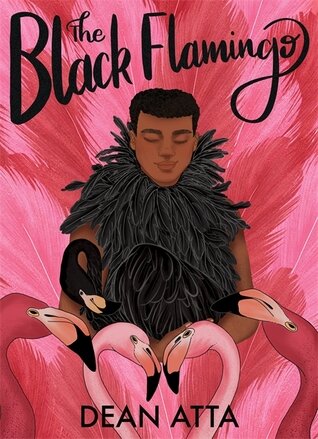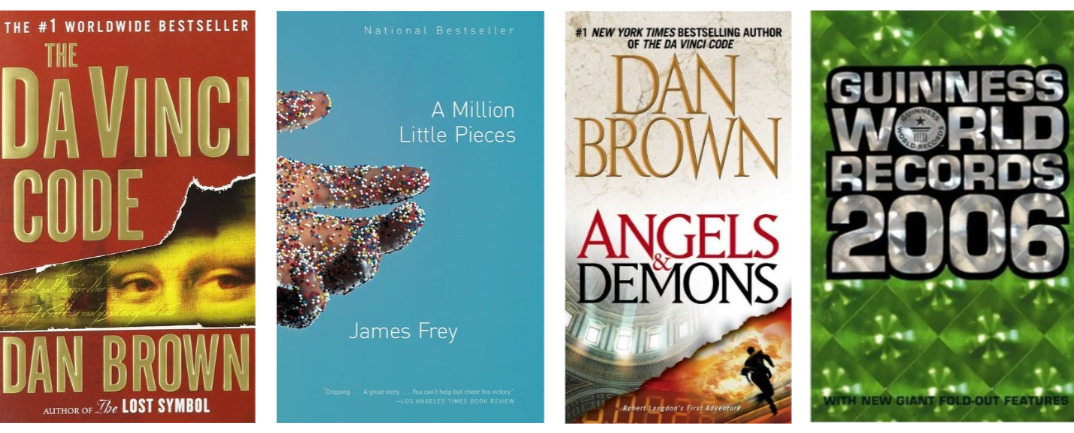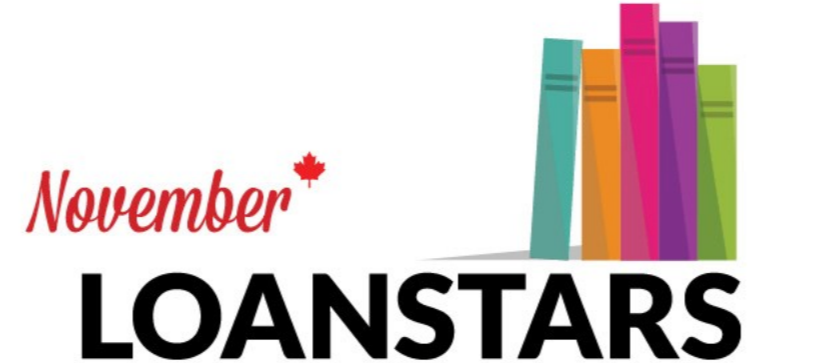This blog post continues our series where we’ll demonstrate how to highlight diverse book content using the Thema subject classification system. You can review our blog coverage of Thema here, and follow this series here.
In case you’re new to this series, here’s the main reason why we at BookNet are fans of the Thema subject classification system: compared to BISAC, Thema can communicate more granular and specific information about a book’s content which allows data senders and data recipients to share and display information about a book that represents a more diverse and inclusive range of content ripe for discovery by a marketplace that demands it.
New to Thema? Learn more about the basics here.
Thema: real life examples
As mentioned in the first post of this series, we’ll be sharing EDItEUR’s “worked examples” included as an annex to their Diversity and inclusion — using Thema and ONIX to improve discoverability report. Where possible, we’ve complemented those examples with Canadian titles and categorized accordingly. Please note that they don’t necessarily represent the actual codes chosen by the publishers; they’re meant to stimulate discussion and reflection rather than being authoritative statements of the correct way to categorize the particular books listed.
Example: The Black Flamingo by Dean Atta from Hodder
Theoretical subject categorization:
YFB – Children’s / Teenage Fiction: General Fiction
YFV – Children’s / Teenage Fiction: Stories in Verse
YXB – Children’s / Teenage Personal and Social Topics: LGBTQ+
YXD – Children’s / Teenage Personal and Social Topics: Self-Awareness and Self-Esteem
YXM – Children’s / Teenage Personal and Social Topics: Multicultural
Accompanying qualifiers:
1DDU-GB-ESL – London, Greater London
3MRB – Early 21st century c 2000 to 2050
5AN – Interest age: from c 12 years
5PB-GB-BC – Relating to Black British Caribbean peoples
5PB-GB-M – Relating to Black, Asian and Minority Ethnic (BAME) peoples
5PBD – Relating to peoples of African descent
5PS – Relating to LGBTQ+ people
Rationale:
Based on the use of “YFB – Children’s / Teenage Fiction: General Fiction”, we can tell this is a contemporary novel aimed at teenagers, “YFV – Children’s / Teenage Fiction: Stories in Verse” indicates the novel is written in verse, “YXD – Children’s / Teenage Personal and Social Topics: Self-Awareness and Self-Esteem” suggests it’s about identity, and “YXM – Children’s / Teenage Personal and Social Topics: Multicultural” tells us that it revolves around a teenager understanding their sexuality.
The novel takes place in London, so we can use the place qualifier “1DDU-GB-ESL – London, Greater London” to identify setting, and in the first 20 years of the 21st century, so we can use a time period qualifier to indicate the period the action takes place “3MRB – Early 21st century c 2000 to 2050”.
There are two qualifiers used here to indicate themes around diversity and inclusion. The first is “5PS – Relating to LGBTQ+ people”, although if it was more appropriate a more detailed qualifier could be used instead. The other qualifier is specific to identifying topics or characters who are of Black British Caribbean heritage 5PB-GB-BC. There is an option to use the much broader qualifier for the UK “5PB-GB-M – Relating to Black, Asian and Minority Ethnic (BAME) peoples” although as this is a very broad term it lacks the level of detail of the actual qualifier used. The detail qualifier is better as it gives greater visibility and discoverability but does not preclude a retailer deciding to add this title to a broader section. This particular UK national extension could also be accompanied by the qualifier “5PBD – Relating to peoples of African descent” as this qualifier would be perhaps more useful for data receivers outside the UK.
Canadian-authored example: Kings, Queens, and In-Betweens by Tanya Boteju from Simon & Schuster Books for Young Readers
Publisher-provided keywords:
Debut; queer romantic comedy; queer romance; drag queens; RuPaul’s Drag Race; coming-of-age stories; stories about first love; stories about first heartbreak; books about biracial characters; books about queer characters; books by queer authors; books by Sri Lankan authors; books by Canadian authors; LGBT; LGBTQUIA+; Judy Blume; self-acceptance; Love Simon; Simon Vs. the Homosapien Agenda; romantic comedy; teen romance
Publisher-provided BISAC subjects:
YAF031000 – YOUNG ADULT FICTION / LGBTQ+
YAF014000 – YOUNG ADULT FICTION / Diversity & Multicultural
YAF052060 – YOUNG ADULT FICTION / Romance / Romantic Comedy
Theoretical subject categorization:
YFB – Children’s / Teenage Fiction: General Fiction
YFM - Children’s / Teenage fiction: Relationship stories – Romance, love or friendship
YXB - Children’s / Teenage personal and social topics: LGBTQ+
YXF - Children’s / Teenage personal and social topics: Families and family members
YXH - Children’s / Teenage personal and social topics: Relationships (non-family)
YXM - Children’s / Teenage personal and social topics: Multicultural
FQ - Contemporary lifestyle fiction
Accompanying qualifiers:
1KBB-US-NAJ New Jersey
5AN - Interest age: from c 12 years
5PS - Relating to LGBTQ+ people
Rationale:
Based on the book’s BISAC subject classification, we can say that this book is targeted at young readers and that it’s a work of fiction, so using “YFB – Children’s / Teenage Fiction: General Fiction” would be fitting. According to its description, the book touches on romance and stories about LGBTQ+ peoples, so we suggest using “YFM - Children’s / Teenage fiction: Relationship stories – Romance, love or friendship” as well as “YXB - Children’s / Teenage personal and social topics: LGBTQ+”.
Relationships amongst family members and friends are important in this book, so to express that, we suggest using “YXH - Children’s / Teenage personal and social topics: Relationships (non-family)” and “YXF - Children’s / Teenage personal and social topics: Families and family members”.
Also, based on the second BISAC subject category chosen by the publisher “YAF014000 – YOUNG ADULT FICTION / Diversity & Multicultural”, we would recommend using “YXM - Children’s / Teenage personal and social topics: Multicultural”.
The use of “FQ - Contemporary lifestyle fiction” is suggested here with the intention of letting data receivers know that this book could also be classified as a romantic, uplifting comedy as suggested by the keywords supplied.
The story develops in Bridgeton, New Jersey, so we chose to use the “1KBB-US-NAJ New Jersey” qualifier. The use of “5AN - Interest age: from c 12 years” helps express that this book is intended for readers 12 years and older. And “5PS - Relating to LGBTQ+ people” reinforces the idea that this book revolves around the stories of LGBTQ+ people.
Want more worked examples?
To read more examples as they are posted, subscribe to our weekly eNews or nab the RSS feed. And if you’re a Canadian publisher interested in submitting a Thema classification for one of your titles so it can be shared in this series, please get in touch with us!
















The latest news out of the European Commission.